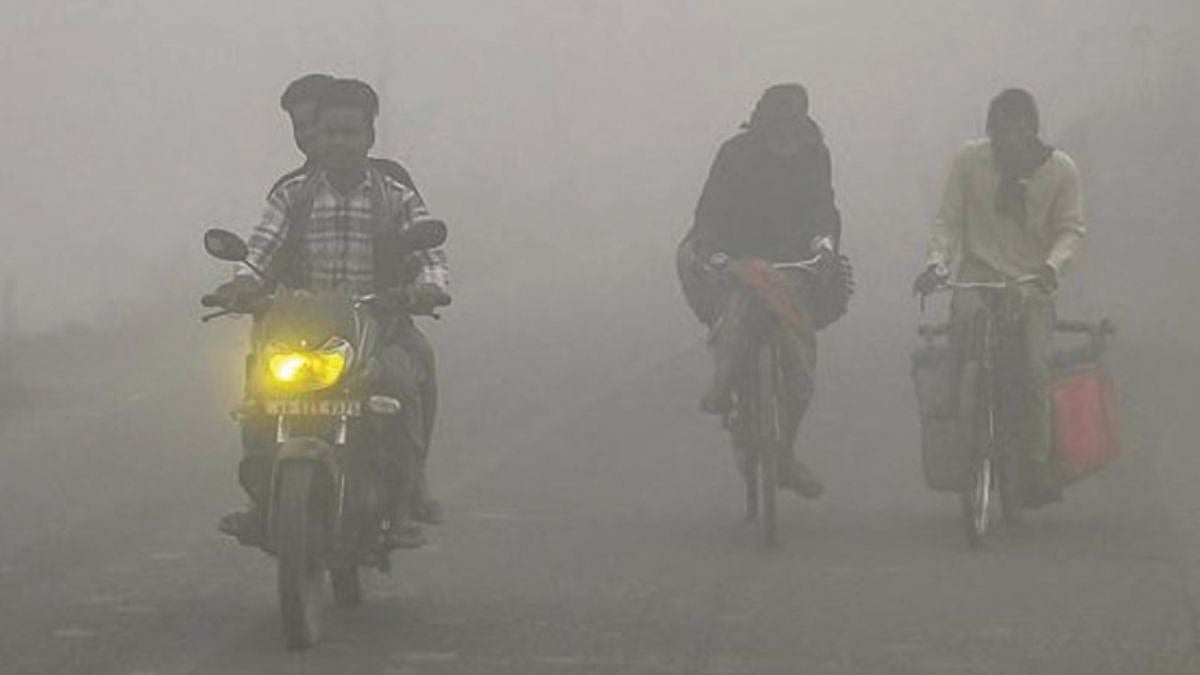We were sitting in the blind that Wanderobo hunters had built of twigs and branches at the edge of the salt-lick when we heard the truck coming. (Green Hills of Africa, Ernest Hemingway)
Hemingway did more to change the style of English prose than any other writer in the twentieth century thought of, and for his efforts, he was awarded the Nobel Prize for literature in 1954.
In these lines from Green Hills of Africa, the author has told us how to use ‘had’ correctly. To most of the writers, especially the younger ones, ‘had’ causes confusion.
They actually forget what Miss Luis or Miss Albert taught them in school. ‘Had,’ the past form of the auxiliary verb ‘have,’ is used to make the past perfect, also called pluperfect. It is used whenever we wish to say that some action had been completed before another began. It should never be used at all in any other sense. Ergo, Hemingway has finely combined three tenses in the past – the past continuous, the past perfect and the simple past in the above sentence.
“We were sitting in the blind…” indicates the background of the story. “Had built” signifies the Wanderobo hunters’ action had been completed a long time ago, and the simple past “We heard the truck coming…” happened afterwards.
The use of tenses limns the sequence of events, so well that no adverb of time is required.
In another context, however, the past perfect can show that one completed action had a significant impact on the action that followed.
I ate three sandwiches before dinner. I did not want any more.
(Simple statements that may not be connected)
I had already eaten three sandwiches before dinner so I did not want any more.
(This sentence shows a more direct influence from one action to the next, that I did not want more, because I had eaten three sandwiches.)
When there are three sentences in the past, what should one do? Let us not panic. We should understand the event or action that had happened first.
We went to the house and saw its roof had fallen.
It is, perhaps, clear now. The last part of the sentence ‘its roof had fallen’ indicates the incident had already occurred before we went to the house.
Therefore, the adverbs, like ‘earlier’ and ‘later,’ are sometimes redundant, because the tense of the verb says it all. Nevertheless, in mandarin style, a few authors write “he had earlier said.”
The past perfect also signifies a pause or a gap between the two past incidents. Ergo, if the incidents took place simultaneously, the simple past would do, and Mark Twain is clear about it.
“The old lady pulled her spectacles down and looked over them about the room; then she put them up and looked out under them… (The Adventures of Tom Sawyer). The three actions of the old lady simultaneously happened.










